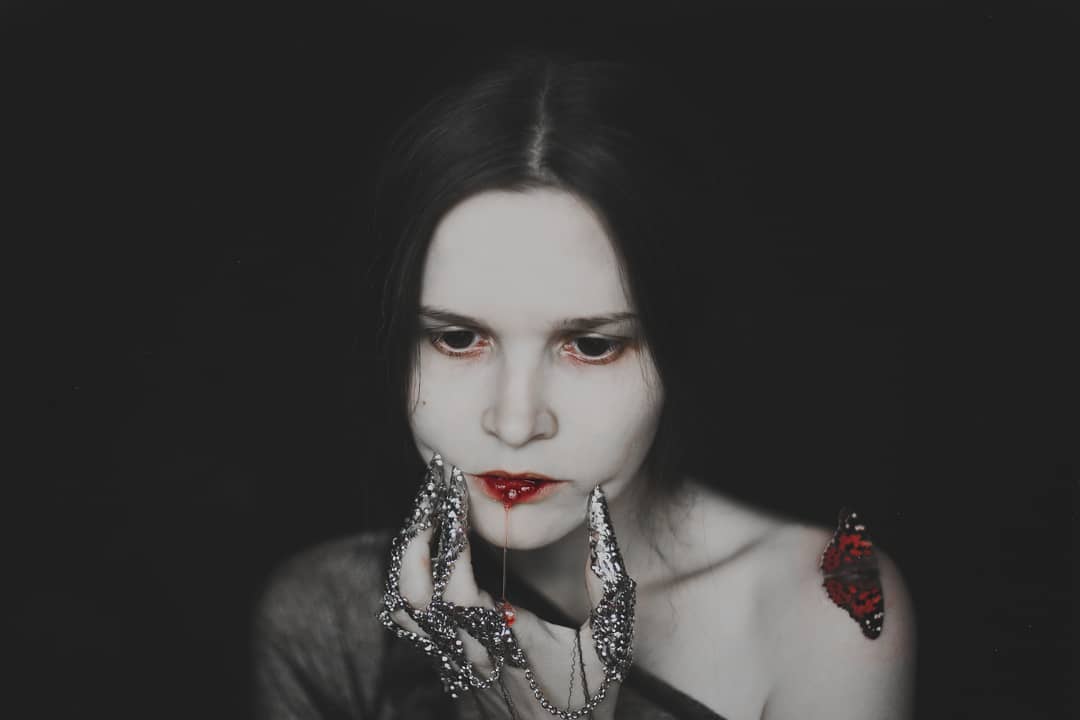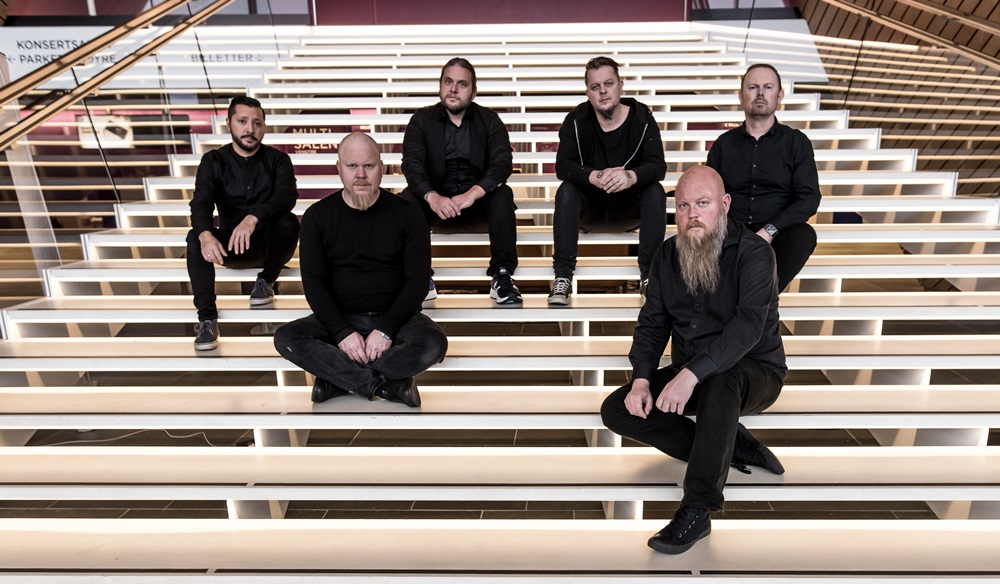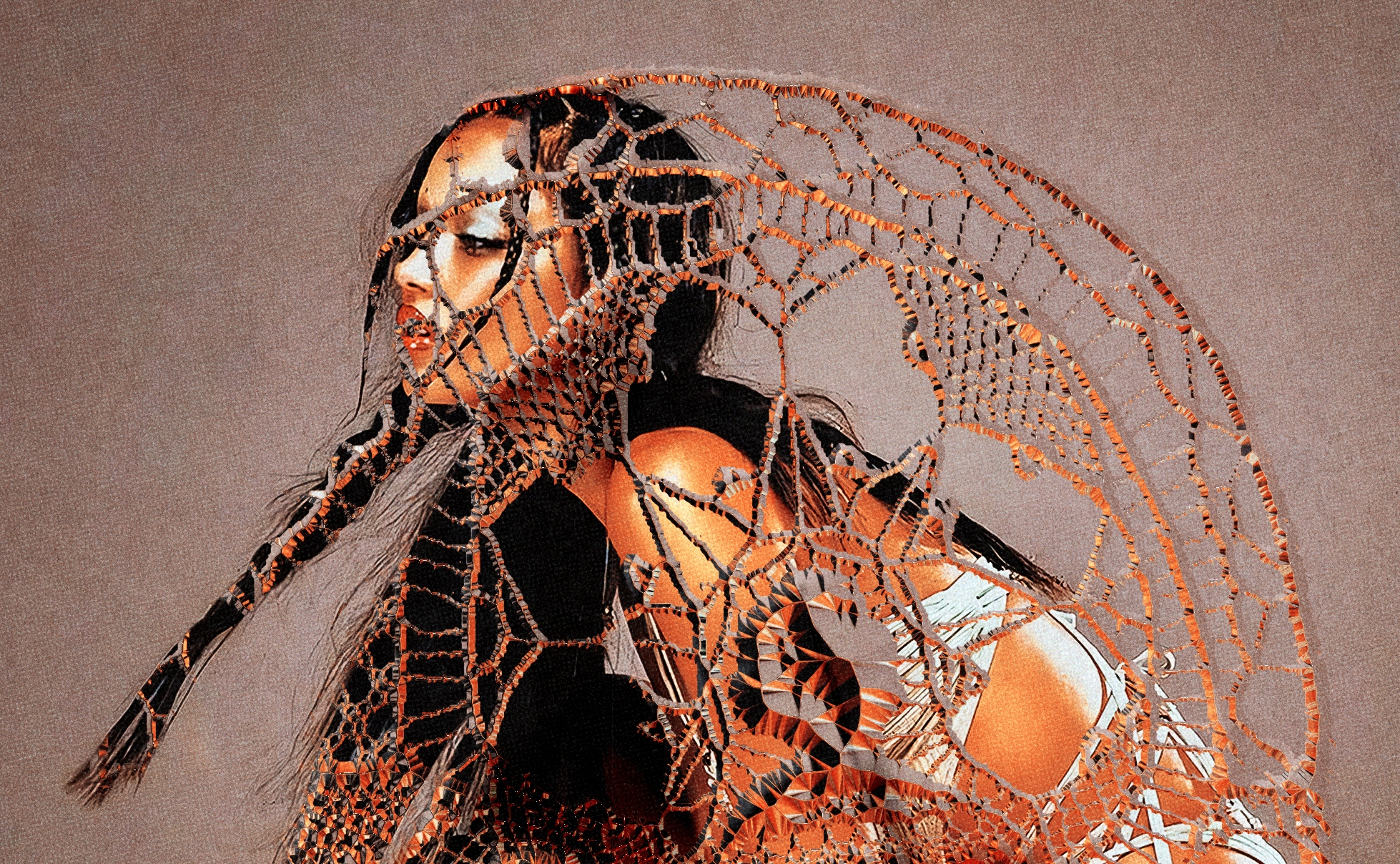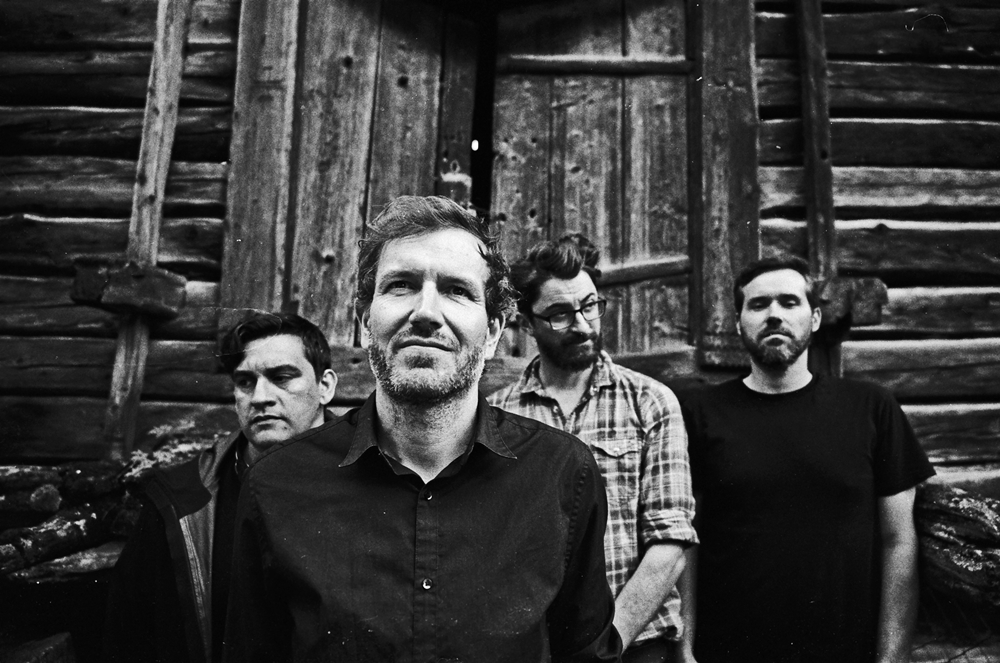Natalia Drepina is no stranger to writing and photographing about melancholic, dark topics, but with every song and image, Natalia shines a light into the deepest recesses of our fears: about loneliness and death. If you’ve been following us here at Cultartes, you may have seen her ethereal work before. We were grateful to be able to catch up with Natalia for an in-depth behind the lens look into her portfolio!
“Your Schizophrenia” is a staggeringly emotive piece of work and both your music and photography projects are clearly very personal, just how cathartic is the process of making such personal statements via your work?
“Your Schizophrenia” is a kind of musical and poetic diary that reflects my impressions and feelings. I think that if I was deprived of the opportunity to express all this, then my psychological baggage would crush me. Poems born in the head are like a swarm of restless bees, they sting my brain until I give them freedom and release them into the world.
I find beauty in sorrow. I think minor emotions are also important, and we shouldn’t be afraid to accept them. In sorrow there is tremendous power giving inspiration and this helps not only to create, but also to develop the personality.
Does growing up in Russia play any role or has it had an impact on how you create and tell stories?
Probably the environment and society in which we live always leaves some kind of imprint. I always felt that deep in me was “Russian Toska” (it is a dull ache of the soul, melancholia, lugubriousness, yearning, sadness), that feeling never goes away. There is a point of view that anguish is characteristic of the Russian mentality. But also I always felt more like a daughter of the universe than belonging to any particular country. Many cultures are close to me and there is a connection between them all.
How difficult is it to not only write but to release material this personal? Do you worry about how much of yourself you reveal to your listeners or viewers?
Poetry and music are an amazing thing. I think it looks like a cipher. You can talk about something deeply personal, but only the one who has the key to the cipher can really understand this message, this innermost thoughts. The rest of the people can only intuitively feel the mood, they see only a part of the overall picture. Only the author sees and feels all the facets of his creation.
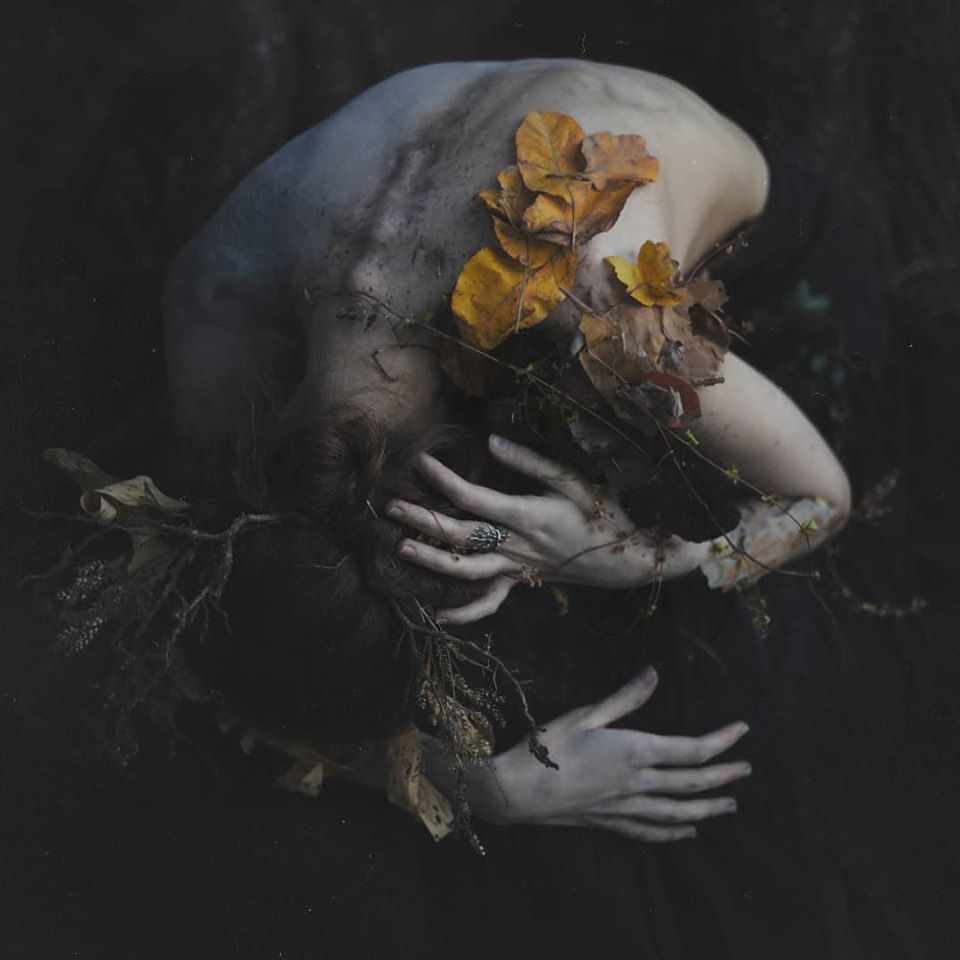


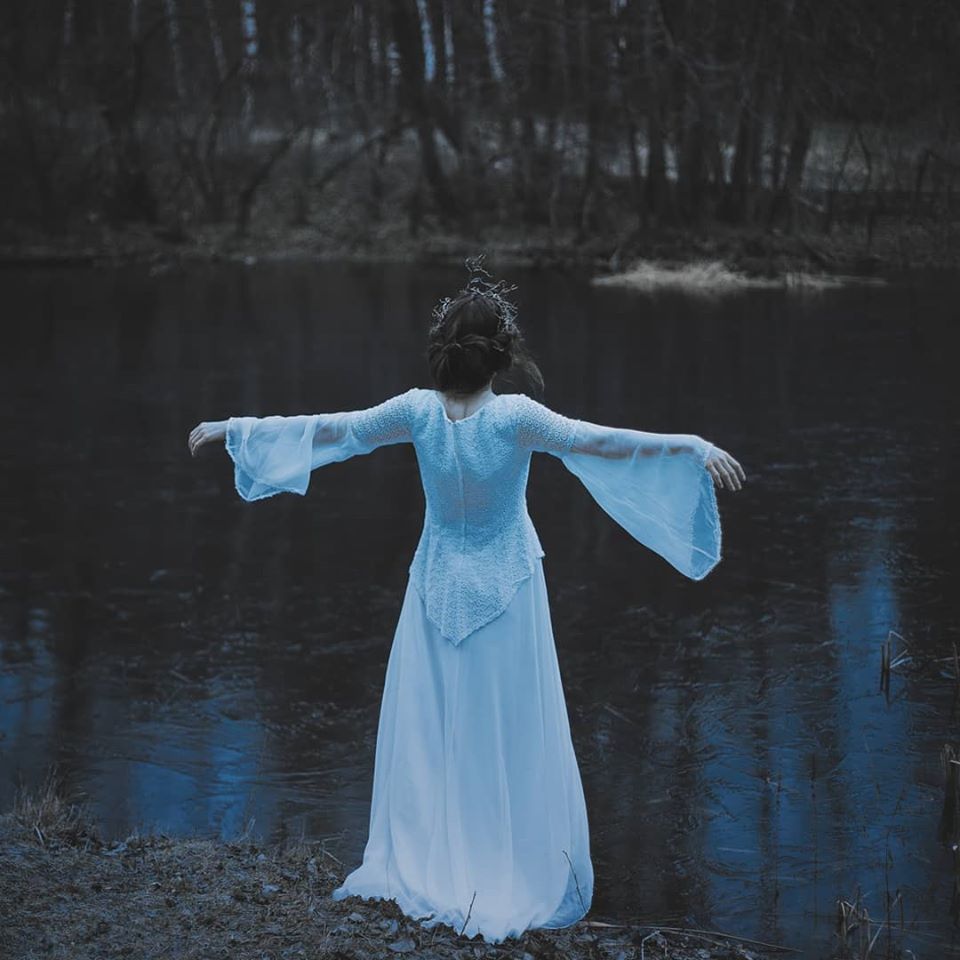
We know most of your inspiration comes from what you dream. And there’s some really vivid imagery here, it feels almost nightmarish. Would you wish for these dreams to stop, or they actually serve as a good inspiration?
My dreams and nightmares are truly one of the main sources of inspiration for me. I would not want my nightmares to disappear, because then I’ll lose an important part of what makes me myself. Yes, some nightmares do carry fear and despair, but at the same time visually they are incredibly beautiful. And sometimes this painful beauty overshadows even those gloomy feelings.
Which of your images has the most interesting backstory to it? Could you tell us that story?
I’m not sure. Each such story has a special meaning for me. Perhaps I’ll talk about “Mournful Hour “.
One of my muses, who lives in a neighboring city, wrote to me on the eve. Her beloved cat passed away, and she wanted to keep it in her memory. We were always inspired by Victorian postmortem photography, and we decided to make a short film and a series of photographs about this sad event. Death framed in art. I think that our pets are often closer to us than other people, so they also deserve to be mourned.
On the way to the station, I wrote a poem, which was then sounded in the film. It was a snowy windy morning, gray clouds lying as low as if they wanted to fall on our shoulders. There was a wicker basket with dry flowers by the window – the posthumous cradle for Timofey the cat. We had old mourning dresses and real bitter tears. This is a story where reality is intertwined with a dream, because one of the parts reflects what is happening to someone who is experiencing this sad event. Nature with its blizzards hid the rest of the world behind a white veil, leaving the soul alone with its sorrow.
Have you ever considered taking your musical project on the road and performing live?
I don’t think that I’d be able to perform live with my music. Maybe I could read poetry … And even make some kind of performance. But I would not be able to play live, because I play the piano only in moments of inspiration. And I can’t control it. The rest of the time my piano seems to lose its voice.
Do you think that by integrating these dark themes into your work, your art gives you and your audience an opportunity to deal with, or better understand them?
Yes, I think it’s easier for me and for my listeners to understand the dark side and of life and human soul. If you don’t avoid it, but to think and speak on gloomy topics, such as loneliness, death and other things, it ceases to seem so scary.
You often translate photographs into music. What characteristics does a photograph have to have for you to transform it into a song?
In fact, more often I create music, and then I supplement it with visual images. But sometimes I write music for photographs too. I think that there must be something mysterious in the photo, as if some other unspoken story is hiding in the dark – and this story becomes a song.
What music do you listen to?
I listen to a lot of different genres, which however are united by sadness. I love sad music. For example, from the classics I prefer Bach (especially Cello Suites), Chopin, Henry Purcell.
I also like to listen to dsbm, ambient, dark ambient, neoclassical, something from trip-hop and spoken-word. Here are some of my favorite contemporary music projects: CLANN, Subheim, Hildur Guðnadóttir, Dustin O’Halloran, Jóhann Jóhannsson,Max Richter, Trees of Eternity, Shining, Nocturnal Depression.
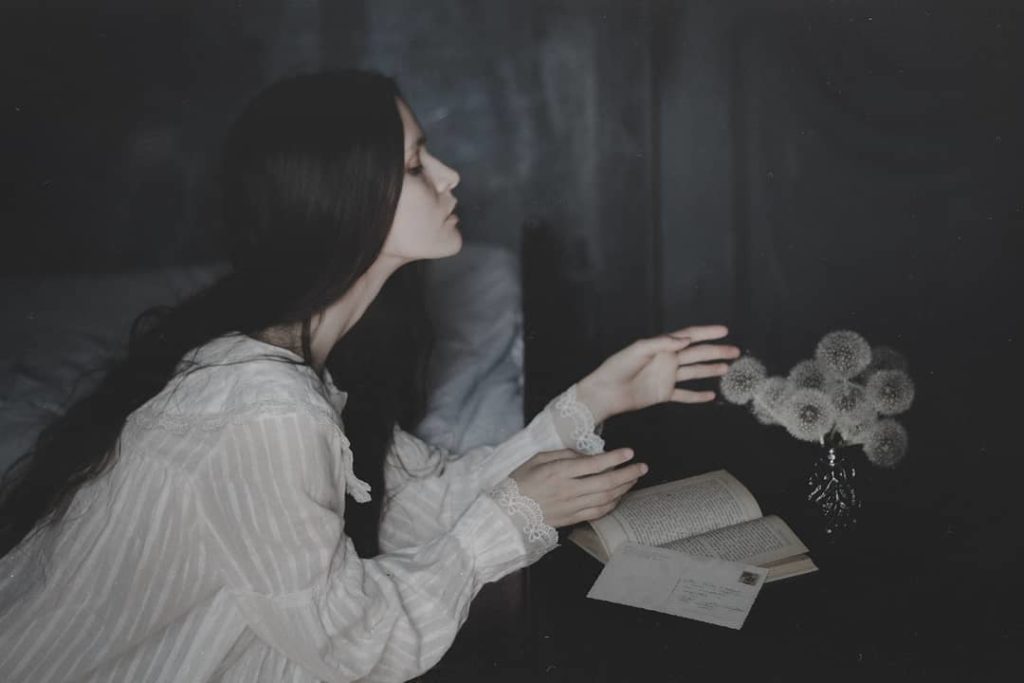
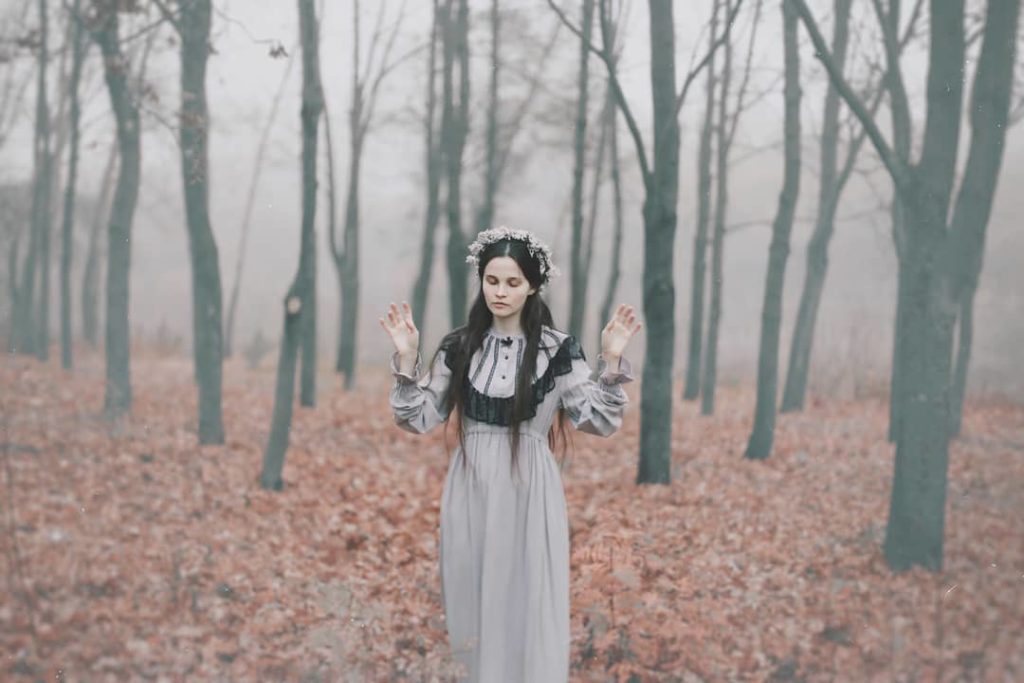
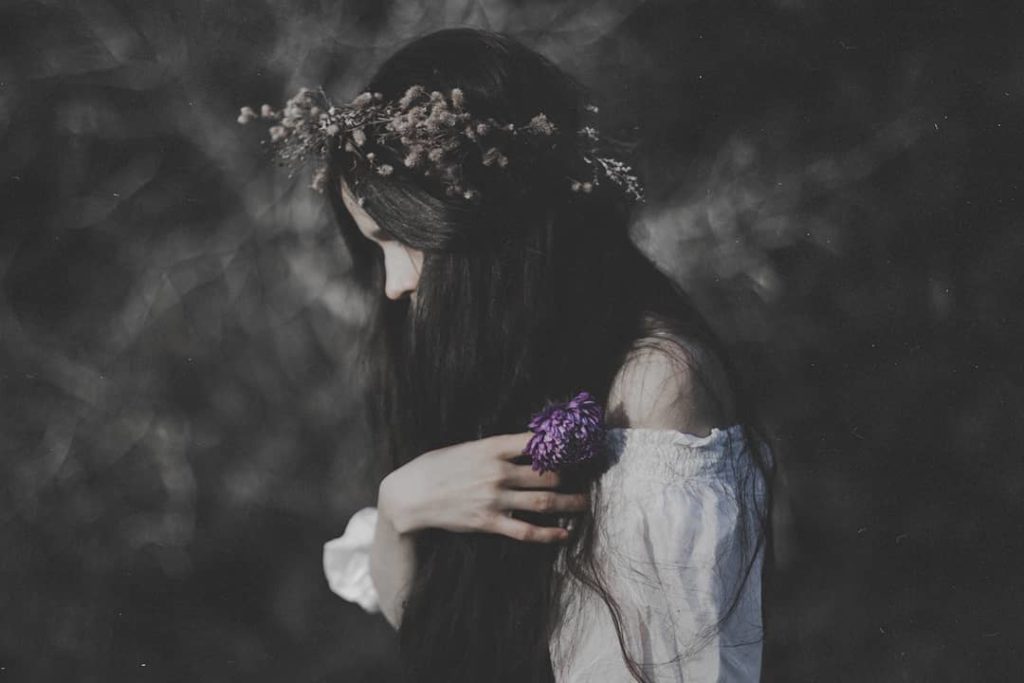
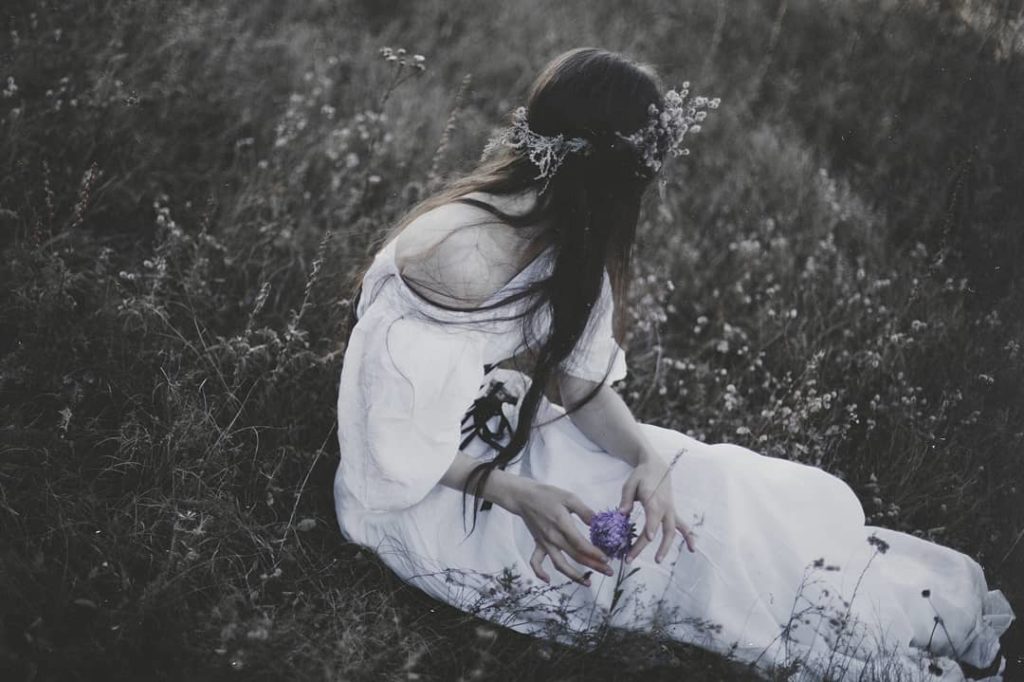
What are your favorite movies?
Kytice, Dancer in the Dark, Tideland.
What are your thoughts on religion?
I’m not a religious person. If we talk about existing religions, then paganism is closer to me, and if there is something worthy of worship – it is nature.
Do you ever consciously think about the art you leave behind after you have died?
I think it would be wonderful if my poetry, music and visual art outlive me. Art is the heritage that I would like to leave. I don’t think that human life makes any sense – I think we are all random passers-by in this world. But we have the right to decide whether we will leave behind destruction, nothing, or our creative work that could inspire someone else after our death.
Tea or coffee?
Tea.
Tolstoi or Dostoievski?
Dostoievski.
Books or movies?
Books.
Photography, music or poetry?
I’d like to answer “creativity”. Because it includes all that things, without which I can not live.
All copyrights belong to Natalia Drepina.
Follow her work on: Instagram | Facebook | Youtube | Bandcamp
Support Cultartes on Patreon
Nicoleta Raicu
Latest posts by Nicoleta Raicu (see all)
- Inside The Intricate World of CULTATUM’s Graphic Design - April 18, 2024
- The Holy Mountain Digs Into Your Subconscious With Its Synth-Pop Perfection - April 17, 2024
- Francesca Monte Navigates Themes of Lost Love In Irresistible Alt-Pop Jewel - April 12, 2024
